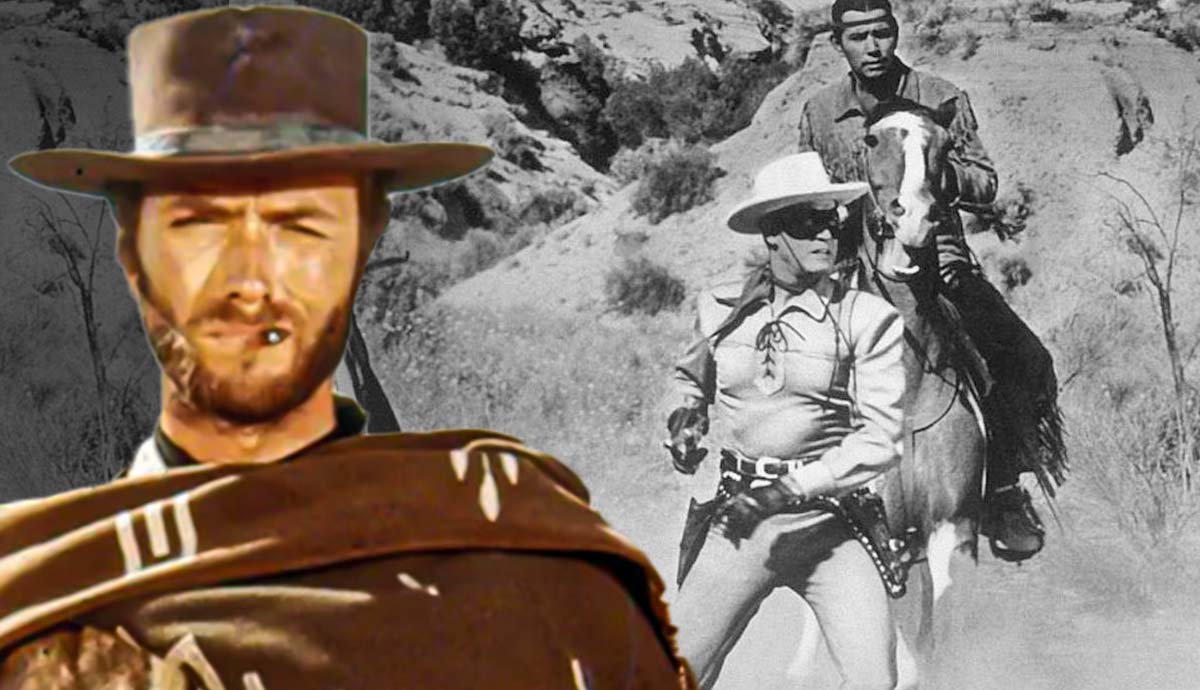
Spaghetti Western refers to a subgenre of Western films that emerged in the 1960s. These films, which utilized the themes of American Westerns, were Italian-made, low-budget, and filmed in Europe. Italian Westerns broke from the tradition of American Westerns, which were family-friendly, featuring battles between good and evil, with good always prevailing. Spaghetti Westerns blurred the lines between good and evil. These films depicted an American West, not as a place of heroes but as a place of violence, a portrayal more aligned with the West’s true history.
Tracing the Origins and Rise of the Spaghetti Western
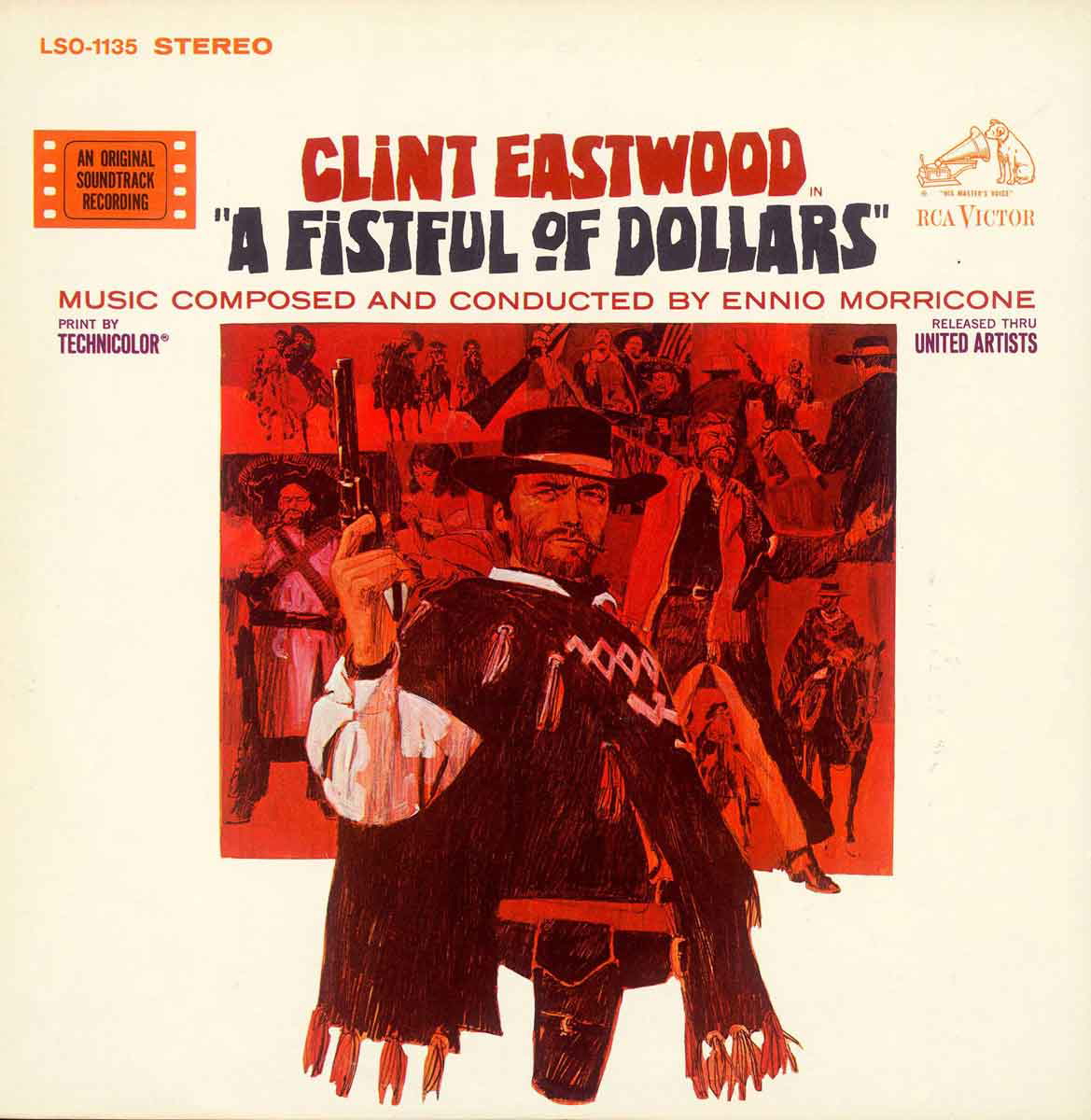
In the opening scene of Sergio Leone’s 1964 post-Civil War epic, A Fistful of Dollars, Clint Eastwood, in his infamous role as the Man with No Name, rides into a sunbaked Mexican village. As Eastwood pauses to drink water from a well, he witnesses a small child run across a courtyard into a house. As he looks on, two men chase the child out of the house, shooting at the ground behind the boy as he flees. The scene is tense and disturbing, and the viewer is left wondering why Eastwood’s Man with No Name does not intervene.
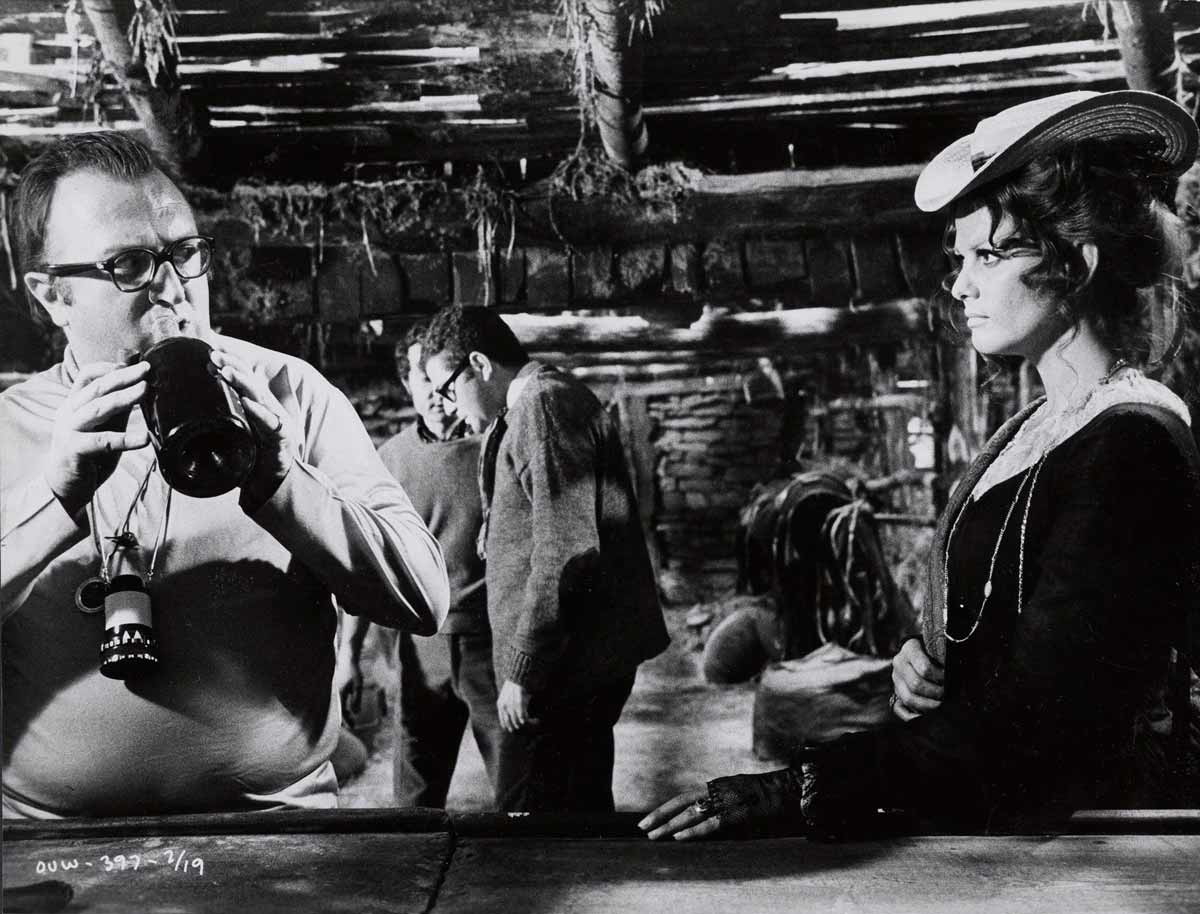
A Fistful of Dollars was Rome-born director Sergio Leone’s first foray into the Western genre. Leone, son of silent-film actor and director Vincenzo Leone and actress Edvige Valcarenghi, began his film career working as assistant director on Biblical epics in the 1950s, the most popular film genre in Italy at the time. His directorial debut came in 1959 with The Last Days of Pompeii, when his mentor, director Mario Bonnard, was unable to complete the film.
Shortly thereafter, Leone turned to Westerns, eventually going on to birth the sub-genre of the Spaghetti Western, which led to his international recognition and success. Upon the sub-genre’s genesis, the term “spaghetti western” was commonly used by non-Italian film critics due to the fact these films were directed and produced by Italians.
Tracing the Origins: Who’s Who of Spaghetti Westerns
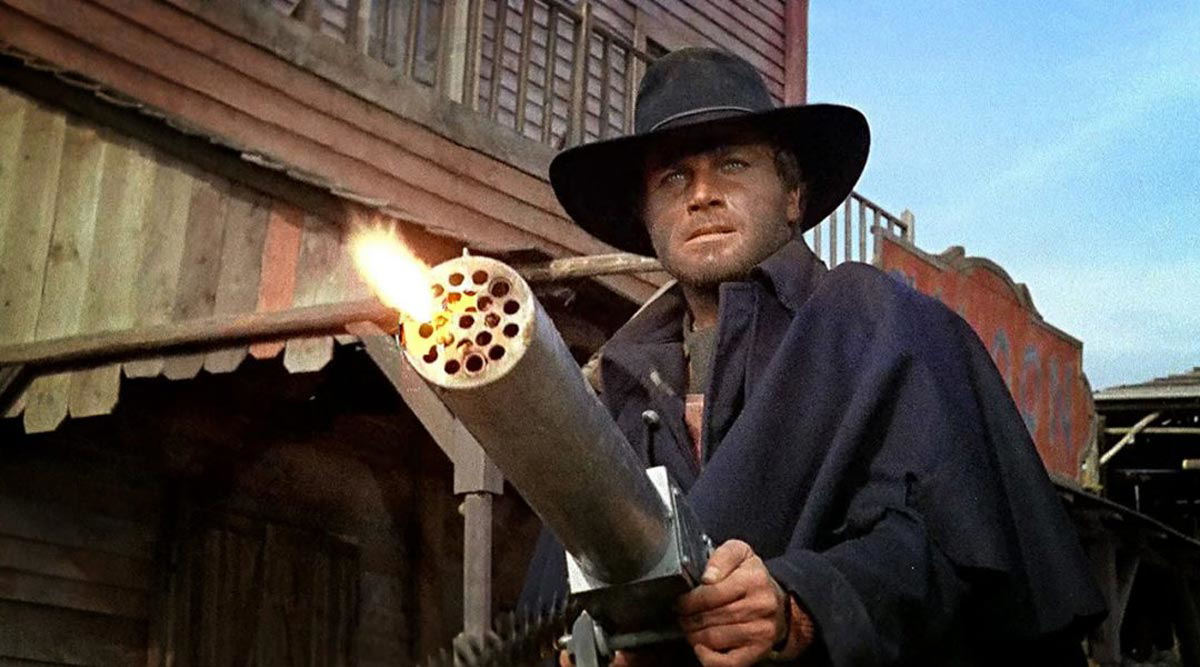
Though Leone was undoubtedly the most influential and well-known of the Spaghetti Western directors, two other directors, also named Sergio, managed to make their mark on the sub-genre. Like Leone, Sergio Corbucci began his filmmaking career creating Biblical epics. His first Spaghetti Westerns were the 1964 film Grand Canyon Massacre and the cult classic Django. Where Leone had American actor Clint Eastwood as his favored leading man, Corbucci frequently cast Italian actor Franco Nero as his. Director Sergio Sollima is perhaps most well-known for The Big Gundown, which was released in 1966 and starred Spaghetti Western-staple actor Lee Van Cleef.
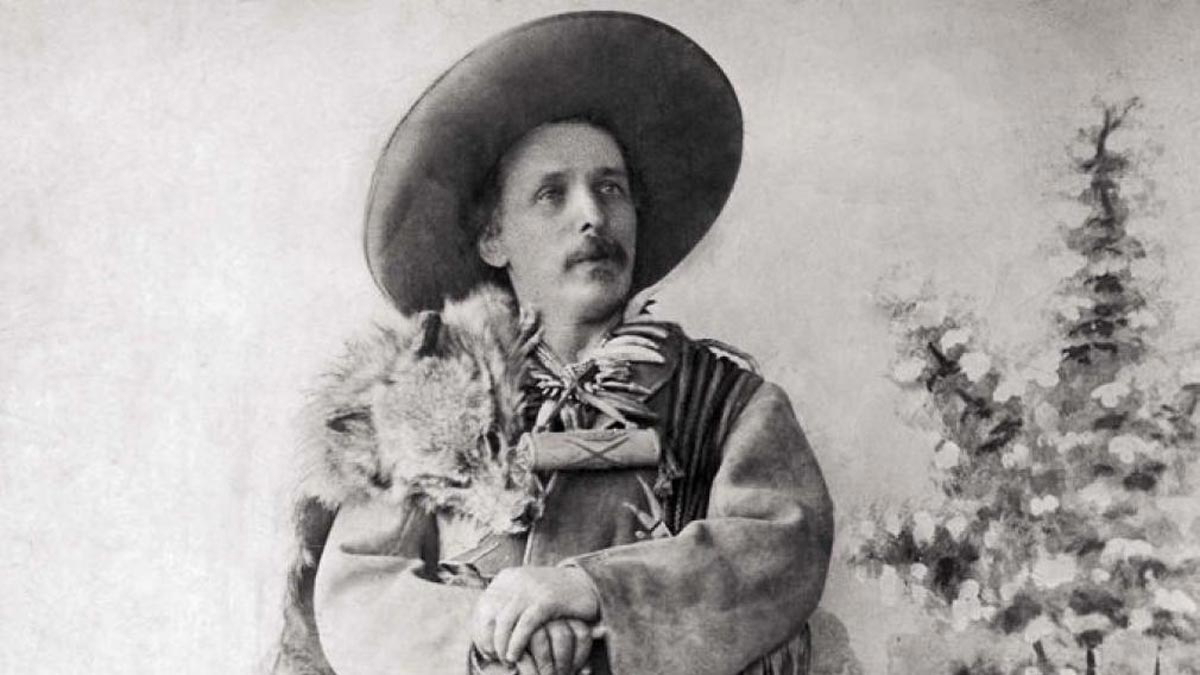
Though Leone, in particular, is often regarded as the father of the European Western, its origins can be traced to Germany. Popular German author Karl May had published a variety of books in the late 1800s and early 1900s, featuring clashes between cowboys and Native Americans set against the backdrop of a romanticized American West. In the 1960s, many of May’s pulp-fiction novels were turned into films, which became highly popular among German audiences. However, Leone’s Westerns broke from both European and American Western traditions by creating something reminiscent of but tonally different from previous films of the genre.
American vs. Italian Westerns: The Good, the Bad, and the Selfish
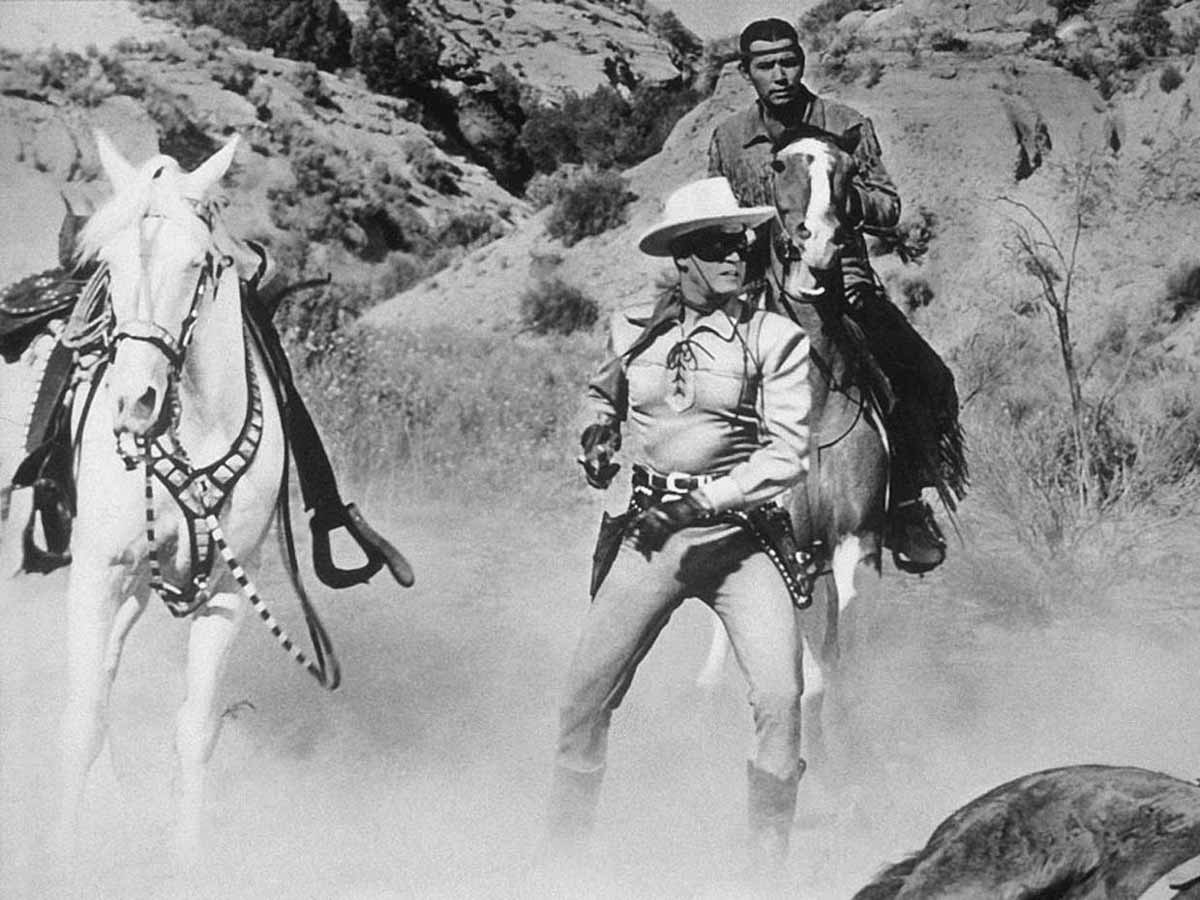
A Fistful of Dollars’ gritty, tense atmosphere, as exemplified in the opening scene, made it stand apart from American Westerns. Leone’s characters seem to straddle the line between good and evil, and their actions are often selfishly motivated. Leone did not shy away from stark portrayals of frontier life and earned auteur status for his desolate visual recreations of the Old West.
Long-term collaborator Ennio Morricone’s haunting score featuring howling coyotes and gunshots added to Leone’s vision of a gritty, epic West. When Spaghetti Westerns first emerged, the Western film genre was already a cultural staple in the United States. In the 1950s and 1960s, television Westerns such as Gunsmoke and the Lone Ranger were household names. American Western films and TV shows usually portrayed an idealized, almost mythical version of the West. Good characters donned snow-white hats and chaps, while bad characters wore black hats and leather masks. Native Americans were antagonists, obstacles to Manifest Destiny.
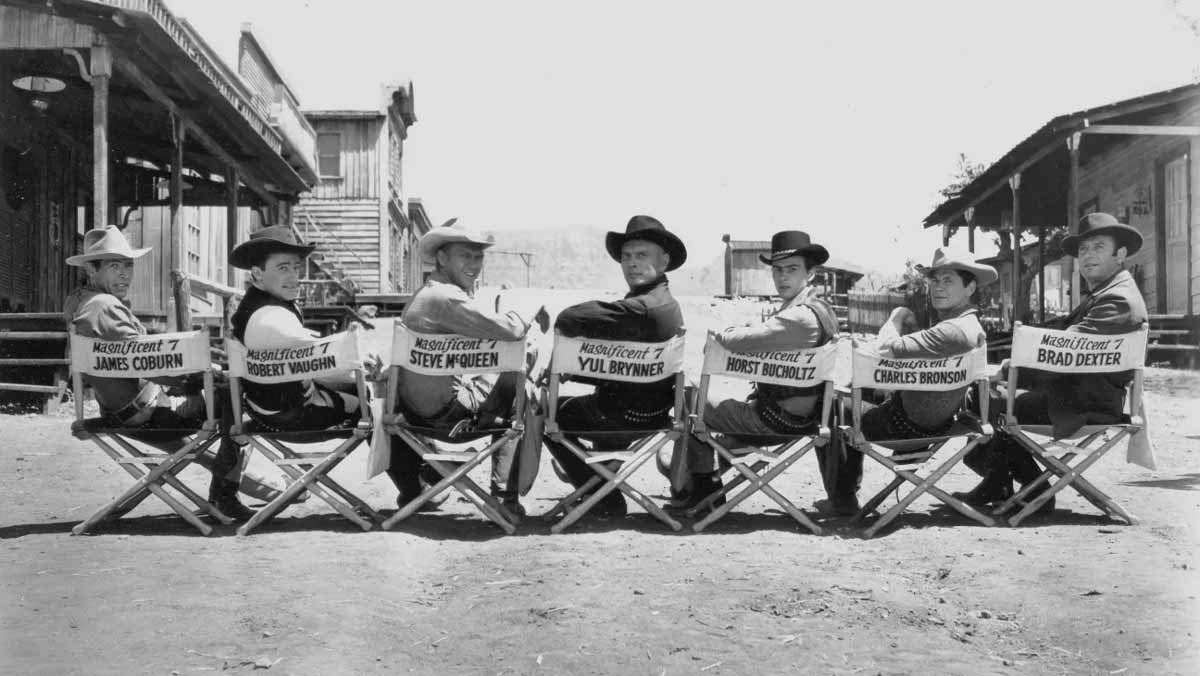
American film and television Westerns of the 1950s and 1960s painted pictures of nostalgia and an idealized version of the Wild West that romanticized the era of the frontier. American Westerns presented both good and evil characters as one-dimensional, rarely breaking from their assigned moral roles.
For example, in John Sturges’s 1960 film The Magnificent Seven, the film’s antagonist, outlaw Calvera, terrorizes a frontier town with his gang, preying on the helpless townsfolk. The character of Calvera, played by Eli Wallach, is a sneering villain with yellowed teeth and a thinning swath of hair, sweat-plastered to his forehead under this hat. By contrast, the Magnificent Seven, a group of men hired by the townsfolk to defeat Calvera, are all clean-shaven and sharply dressed. These binary portrayals of antagonists and protagonists were the norm in American Westerns in the 1950s and 60s.
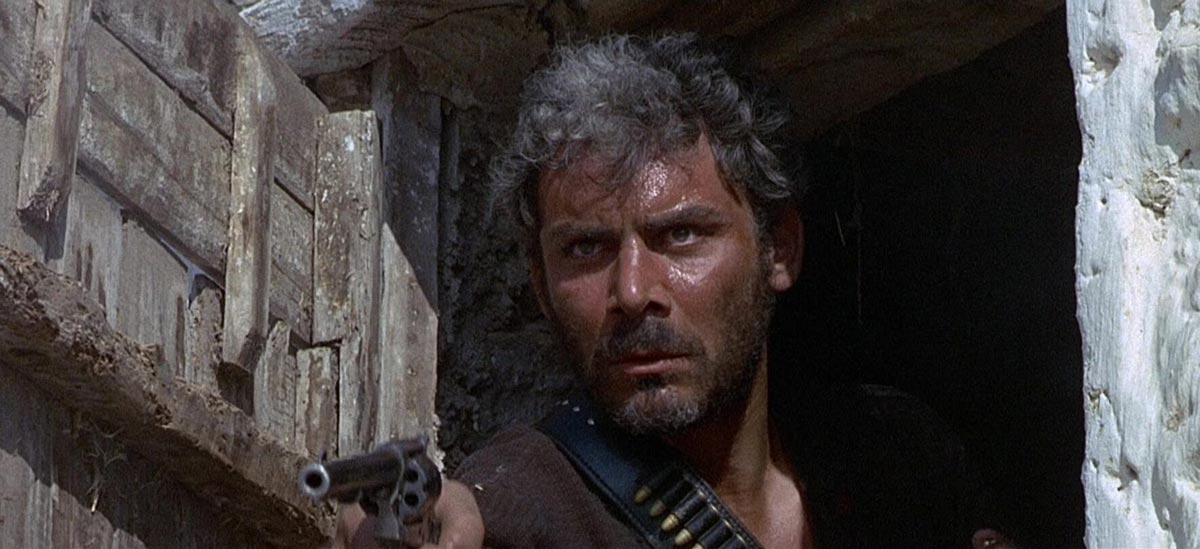
Characters featured in Italian Westerns, on the other hand, seemed to exist in a moral gray area, their actions blurring the line between good and evil. Leone subverted the binary of good versus evil, instead making his characters more complex. For example, Leone’s male protagonists appear unshaven, sunburnt, and gruff. In his role as the Man with No Name in A Fistful of Dollars, Clint Eastwood is unsmiling, with a cigarillo dangling from the corner of his mouth for much of the film. His counterpart and adversary, Ramon Rojo, does not differ drastically in appearance. Like the Man with No Name, he is suave and a skilled gunslinger.
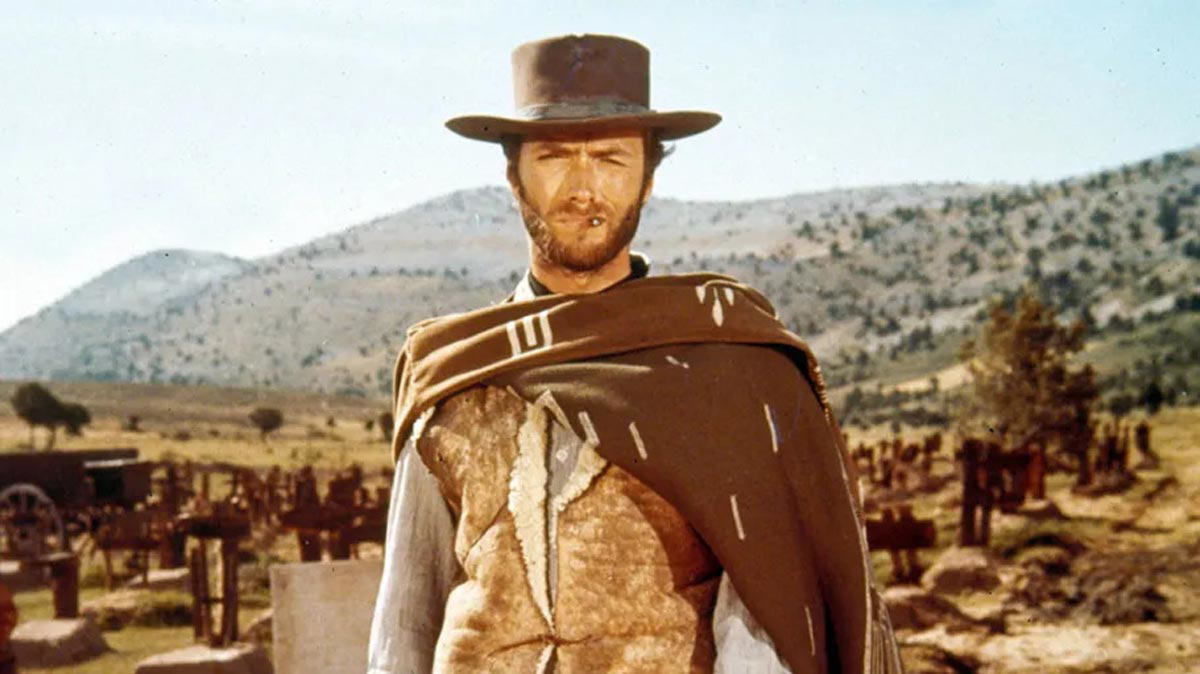
Though Eastwood’s Man with No Name does perform heroic acts, such as rescuing a young woman and returning her to her family, in A Fistful of Dollars, the character is largely motivated by selfish interests. Leone portrayed the American West as a brutal place where characters often performed nefarious and selfish acts to survive, defend themselves, and avoid humiliation.
Unlike the mythical West portrayed in American Westerns, Leone’s West was bleak and often cruel. Just as the Man with No Name does not act to defend the child in the film’s opening scene because he has no stake in the situation, his coming to the aid of the young woman serves only to rectify a wrong in his past. When he first enters the town at the beginning of the film, he does not intend to bring peace or order. His only goal is to earn money for an unknown cause, which he does by playing the families in the town against each other.
In addition, The Man with No Name demonstrates his ruthlessness by nonchalantly shooting and killing three men who insult his mule upon entering town. Eastwood’s character in the Dollars Trilogy cemented the reputation of Spaghetti Western protagonists as loners with shadowy pasts and few friends or allies.
Challenging the Myth of the American West
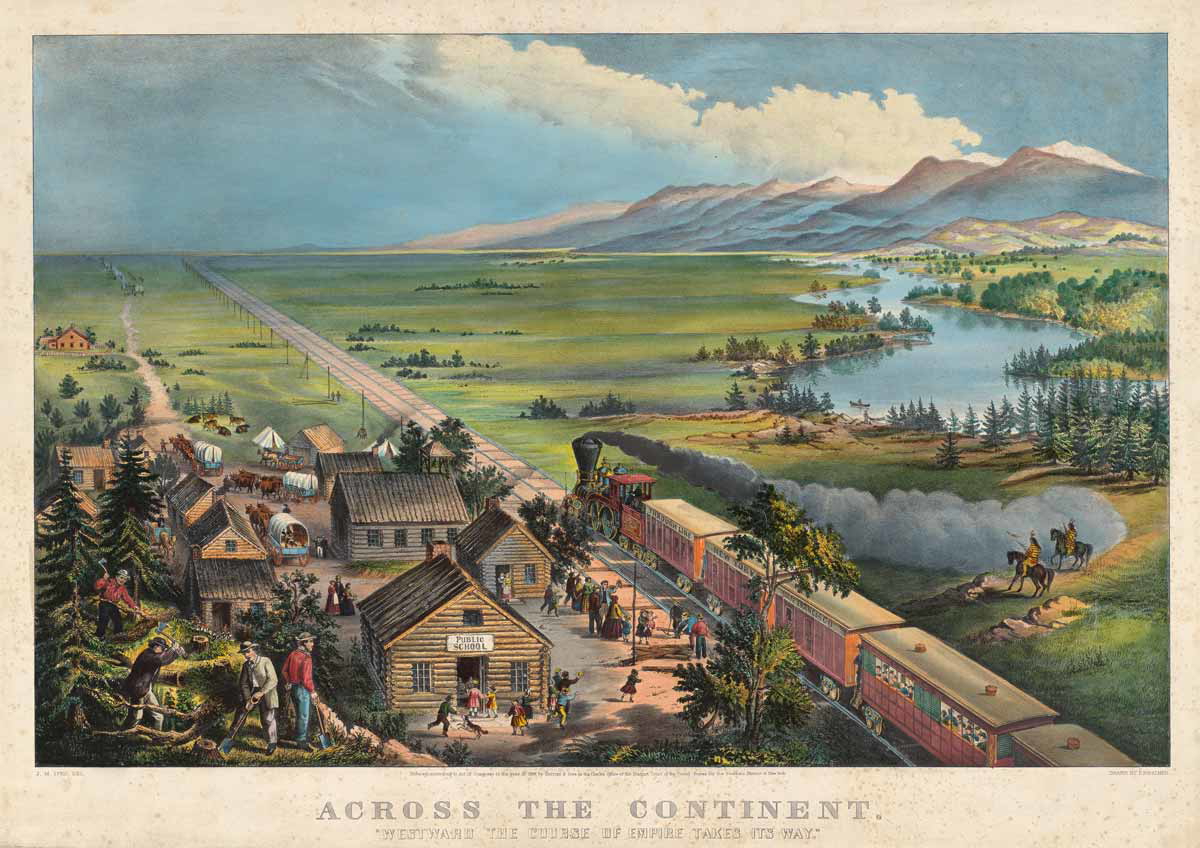
The Italian interpretation of the Western can perhaps be attributed to differing cultural backgrounds. Italian film directors lacked the inherent cultural knowledge of the American West and its nuances, something American directors possessed. However, this lack of inherent cultural knowledge led to the creation of a different and perhaps more realistic and honest depiction of the American West.
Italian directors were under no obligation to perpetuate the myth of the West and the sentimental American nostalgia for the era. Italian Westerns did away with the code of morality present in American Westerns, instead making every character an island, independent, and chiefly interested in their own survival at any cost.
In American Westerns, Native Americans were usually portrayed as sadistic villains, the plight of frontier towns and their residents. In contrast, Spaghetti Westerns rarely featured Native Americans, and when they did, they were portrayed as neutral characters, neither good nor evil. Instead, Italian Westerns, many of which took place in the Southern United States and Mexico, focused on relations between Mexicans and “gringos,” white characters.
The Downfall of the Spaghetti Western & Its Enduring Legacy
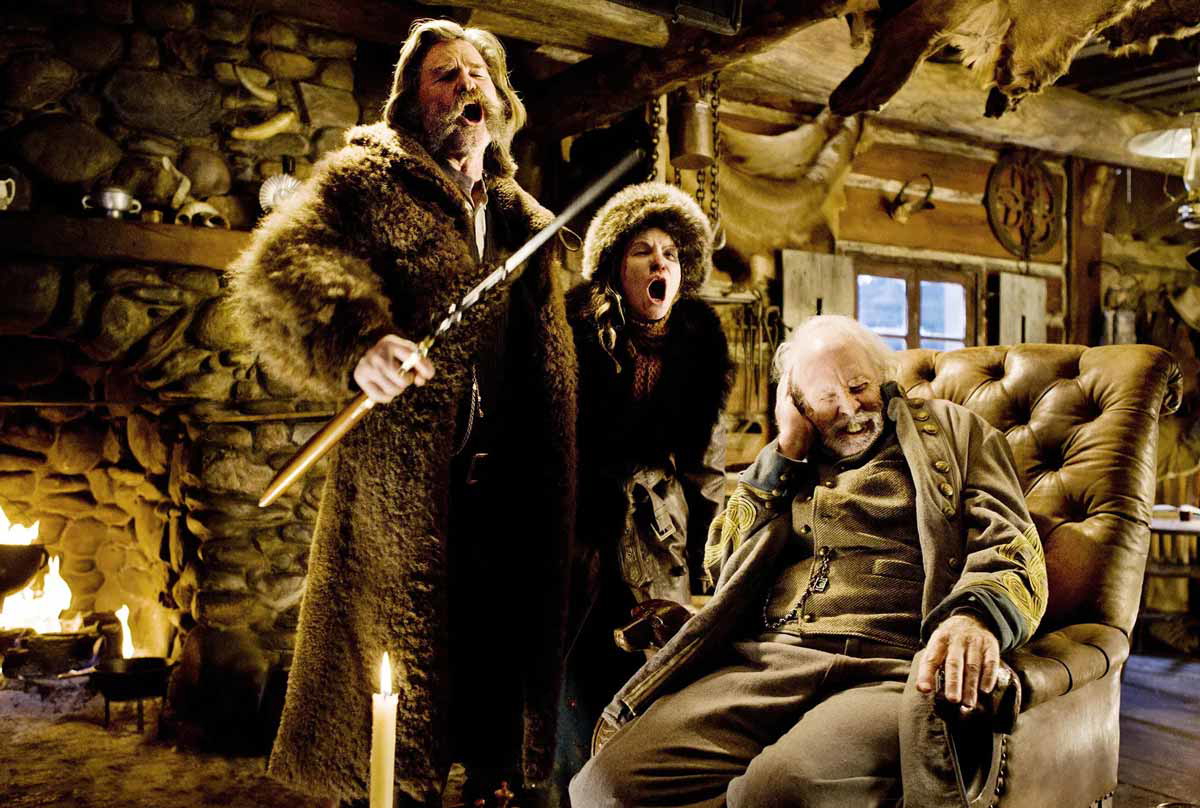
Just as the American Western had fallen into decline following criticism of its simplistic portrayals of the West, Spaghetti Westerns, despite their popularity, soon followed suit. Popular culture began to collectively move on from the Western genre as a whole, which had saturated the film industry for decades. In addition, Spaghetti Western’s low-budget reputation, which had been an asset during the early days of the sub-genre, eventually led to quality issues such as sloppy editing and poorly written scripts.
However, the legacy of the Spaghetti Western endures. Leone’s Dollars Trilogy, which includes films A Fistful of Dollars, For a Few Dollars More, and The Good, the Bad, and the Ugly, continues to be a cult classic. In each film, Eastwood reprises his character of the Man with No Name, whose signature squint is recognized the world over.
Though the era of the true Spaghetti Western has come and gone, contemporary filmmakers continue to be inspired by the revolutionary subgenre. American director Quentin Tarantino’s neo-Westerns Django Unchained and The Hateful Eight incorporate many themes present in spaghetti Westerns, such as morally ambiguous characters, bleak depictions of natural landscapes, and graphic violence. Tarantino’s homage to the genre with The Hateful Eight did not stop at thematic and aesthetic similarities. Tarantino enlisted Ennio Morricone to compose the film’s soundtrack, convincing the composer to return to the genre after decades. In 2016, Ennio Morricone won the Oscar for Best Original Score for his work on The Hateful Eight.
The Spaghetti Western will forever be canonized in film history. With its wide variety of influences and unique portrayal of the American West, its legacy will continue to live on and inspire future generations of film lovers and filmmakers.








